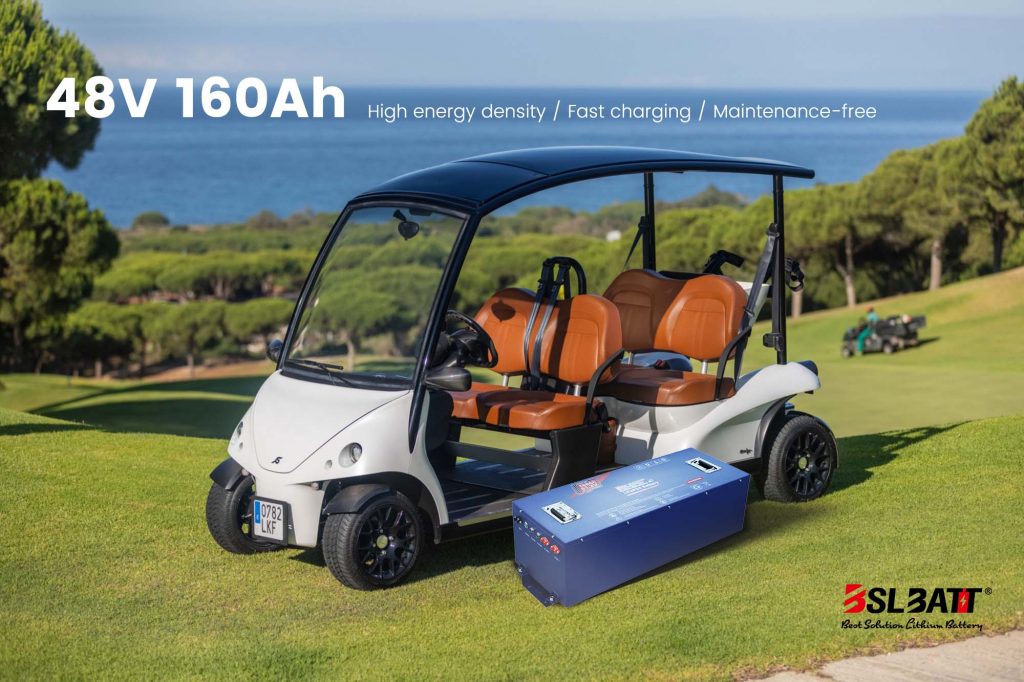| Lithium ion battery materials are essential components in the production of lithium-ion batteries, which are widely used in various electronic devices, electric vehicles, and renewable energy systems. These batteries consist of several key materials that work together to store and release electrical energy efficiently.
Cathode Materials
State-of-the-art cathode materials include lithium-metal oxides [such as LiCoO2, LiMn2O4, and Li(NixMnyCoz)O2], vanadium oxides, olivines (such as LiFePO4), and rechargeable lithium oxides.11,12 Layered oxides containing cobalt and nickel are the most studied materials for lithium-ion batteries. They show a high stability in the high-voltage range but cobalt has limited availability in nature and is toxic, which is a tremendous drawback for mass manufacturing. Manganese offers a low-cost substitution with a high thermal threshold and excellent rate capabilities but limited cycling behavior. Therefore, mixtures of cobalt, nickel, and manganese are often used to combine the best properties and minimize the drawbacks. Vanadium oxides have a large capacity and excellent kinetics. However, due to lithium insertion and extraction, the material tends to become amorphous, which limits the cycling behavior. Olivines are nontoxic and have a moderate capacity with low fade due to cycling, but their conductivity is low. Methods of coating the material have been introduced that make up for the poor conductivity, but it adds some processing costs to the battery.
Anode Materials
Anode materials are lithium, graphite, lithium-alloying materials, intermetallics, or silicon.11 Lithium seems to be the most straight forward material but shows problems with cycling behavior and dendritic growth, which creates short circuits. Carbonaceous anodes are the most utilized anodic material due to their low cost and availability. However, the theoretical capacity (372 mAh/g) is poor compared with the charge density of lithium (3,862 mAh/g). Some efforts with novel graphite varieties and carbon nanotubes have tried to increase the capacity but have come with the price of high processing costs. Alloy anodes and intermetallic compounds have high capacities but also show a dramatic volume change, resulting in poor cycling behavior. Efforts have been made to overcome the volume change by using nanocrystalline materials and by having the alloy phase (with Al, Bi, Mg, Sb, Sn, Zn, and others) in a nonalloying stabilization matrix (with Co, Cu, Fe, or Ni). Silicon has an extremely high capacity of 4,199 mAh/g, corresponding with a composition of Si5Li22. However, cycling behavior is poor, and capacity fading not yet understood.
Electrolytes
A safe and long-lasting battery needs a robust electrolyte that can withstand existing voltage and high temperatures and that has a long shelf life while offering a high mobility for lithium ions. Types include liquid, polymer, and solid-state electrolytes.11Liquid electrolytes are mostly organic, solventbased electrolytes containing LiBC4O8(LiBOB), LiPF6, Li[PF3(C2F5)3], or similar. The most important consideration is their flammability; the bestperforming solvents have low boiling points and have flash points around 30°C. Therefore, venting or explosion of the cell and subsequently the battery pose a danger. Electrolyte decomposition and highly exothermic side reactions in lithium-ion batteries can create an effect known as “thermal runaway.” Thus, selection of an electrolyte often involves a tradeoff between flammability and electrochemical performance.
Separators
A good review of separator materials and needs is provided by P. Arora and Z. Zhang.14 As its name suggests, the battery separator separates the two electrodes physically from each other, thus avoiding a short circuit. In the case of a liquid electrolyte, the separator is a foam material that is soaked with the electrolyte and holds it in place. It needs to be an electronic insulator while having minimal electrolyte resistance, maximum mechanical stability, and chemical resistance to degradation in the highly electrochemically active environment. In addition, the separator often has a safety feature, called “thermal shutdown;” at elevated temperatures, it melts or closes its pores to shut down the lithium-ion transport without losing its mechanical stability. Separators are either synthesized in sheets and assembled with the electrodes or deposited onto one electrode in situ. Costwise, the latter is the preferable method but poses some other synthesis, handling, and mechanical problems. Solid-state electrolytes and some polymer electrolytes need no separator.
Separators have built-in thermal shutdown mechanisms, and additional external sophisticated thermal management systems are added to the modules and battery packs. Ionic liquids are under consideration due to their thermal stability but have major drawbacks, such as lithium dissolution out of the anode.
Polymer electrolytes are ionically conductive polymers. They are often mixed in composites with ceramic nanoparticles, resulting in higher conductivities and resistance to higher voltages. In addition, due to their high viscosity and quasi-solid behavior, polymer electrolytes could inhibit lithium dendrites from growing13 and could therefore be used with lithium metal anodes.
Solid electrolytes are lithium-ion conductive crystals and ceramic glasses. They show a very poor low-temperature performance because the lithium mobility in the solid is greatly reduced at low temperatures. In addition, solid electrolytes need special deposition conditions and temperature treatments to obtain acceptable behavior, making them extremely expensive in use, although they eliminate the need for separators and the risk of thermal runaway.
In conclusion, lithium ion battery materials play a vital role in the overall performance and efficiency of lithium-ion batteries. Ongoing research and development efforts continue to explore new materials and technologies to further improve the performance and sustainability of lithium-ion batteries. |





























